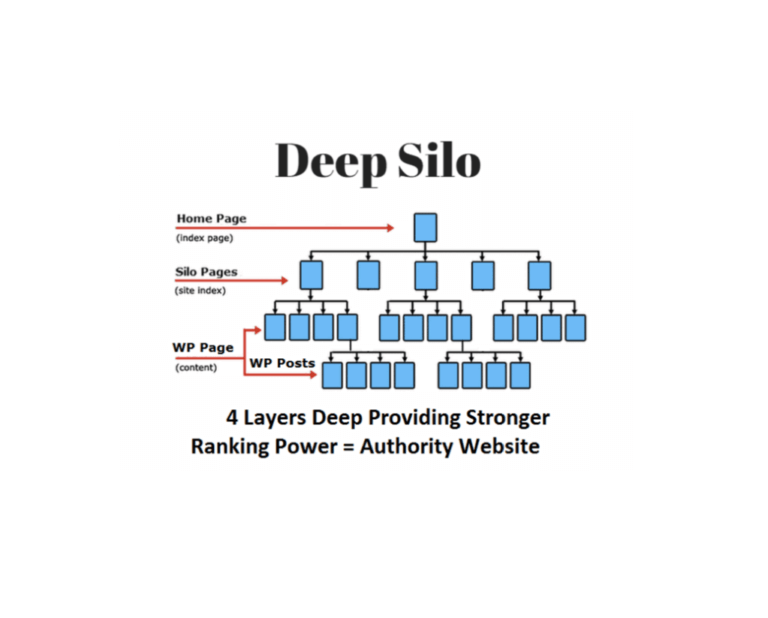On-Page SEO and What You Should Know About
If you are running an online business, you may already be familiar with SEO basics. You might even have an SEO campaign set up. But do you know that there are different parts of SEO? Do you know that SEO strategy is divided into two distinct categories, on-page, and off-page SEO?
What is on-page SEO?
On-page SEO, also known as on-site SEO, involves optimizing the content of web pages to earn relevant traffic and rank higher in the search engine. The most common on-page SEP practices include optimizing the meta description, title tags, URLs, and internal links. It also involves writing in-depth and quality content.
All these are distinct from off-page SEO, which focuses on signals outside the website. Instead, it involves getting links from other websites to increase your website’s domain authority.
Why is on-page SEO important?
With on-page SEO, it allows search engines to understand your site and its content and determine if the website is relevant to the search query being entered. Additionally, you’ll have higher search rankings, more traffic, and more conversions. On-page SEO takes time to yield results, but once an on-page SEO campaign has taken off, it can skyrocket your ranking and sales.
On-page SEO ranking factors to optimize
How can you ensure your on-page SEO tactics are effective? The following can help improve your on-page optimization strategy:
- URL structure
Use keywords in your URLs. However, don’t go changing all of your existing URLs merely to include keywords. If you don’t plan on redirecting your old URLs to your new ones, don’t alter them. Before you attempt this, seek advice from an expert. Next, label your folders and directories to make sense to users. Finally, don’t use the exact keywords in your URL twice. Although it is beneficial, overdoing it has a negative impact on the user experience.
- Title tags
In the title tag of each page on your website, include your chosen keywords. There are a lot of best practices to follow when it comes to writing effective title tags.
Your title tags should be no more than 55-60 characters long, including spaces. Close the gap between the keyword and the start of the title. Make sure your keywords aren’t crammed into your content. Use a pipe bar (|) to separate the brand from the rest of the title tag.
- Meta Description
A meta description is an important SEO optimization point. Meta descriptions, or meta tags that describe what a page is about, are frequently displayed in the SERPs beneath the page title. While Although Google asserts that meta descriptions have no impact on search results, anecdotal evidence suggests that stronger descriptions have indirect benefits. Correctly optimizing the meta description can help you:
- CTR or click-through rate
- Your visitor’s perception of what your website has to offer
- Your visitor’s perception of the quality of the result
- Page load speed
To provide the best user experience, Google wants to help users find what they’re looking for as quickly as possible. As a result, making your pages load faster can help your website rank better in search results. You may also consider the following factors that may slow your page load time:
- Enabling Gzip compression
- Minimizing HTTP request
- Minifying all CSS, JS, and HTML
- Make sure the server response time is <200ms
- Prioritizing above the fold content loading
- Having image sizes under 100kb
- Setting the browser caching to at least a week or longer
- Placing all CSS in an external style sheet
- Page content
The page content is critical to on-page optimization. First, it gives the user a cause to visit your website. It provides the search engine with context and users with an answer.
The content of your website should be helpful to readers. Users must be able to find what they’re seeking if they search for anything too particular and land on your page. It should be easy to read. Google uses a variety of methods to determine the usefulness of your material.
Aim for a minimum of 500 words of copy. Although there is no perfect formula for determining how many words a page should have, Google favors pages with excellent material surrounding your targeted keywords. In addition, each page’s copy should be unique, not repeated from other pages on your site, and should directly address your visitors’ search queries.
- Mobile-friendliness
Google has made mobile page loading speed a key ranking metric. However, your website design needs to factor in the mobile user experience, aside from mobile page loading speed. Creating a Mobile Usability Report, which highlights any faults your website may have, is one technique to assess and improve website layout for mobile.
- Social tags
When readers share your content on social media, it shows Google that it is helpful, relevant, and trustworthy. Although not every page on your site is shareable, you may make the ones that are more so by following these guidelines:
- Ensure that you have Open Graph tags installed
- Make it simple for people to share your content by including social sharing icons in each post
- Internal linking
Internal links to other pages on your website are beneficial to visitors and search engines. When creating internal links, make sure the anchor text is meaningful. For example, the clickable text in a hyperlink is anchor text indicated by blue font color and underline.
- Headings (H1)
The search engine gives a bit more weight to the headings than the rest of the page copy because headings are typically the largest words on the page. It’s a good idea to incorporate your target keywords into the headlines of each web page. However, make sure that the outstanding content on your website is appropriately reflected. Limit your H1s to one per page; all other headers should be H2 or H3.
On-page SEO is critical if you want to improve your website’s chances of appearing in search results. Regularly optimizing for on-site characteristics can help you boost your rankings, visitors, and conversions. To evaluate your on-page optimization, you can use a tool for auditing your site or looking at separate pages manually, depending on your preferences.






